
October 26, 2023
“Autumn is here! With plenty of beautiful fall days still ahead, now’s the perfect time to tackle a few simple tasks that will boost your backyard and patio landscaping for the seasons to come. In fact, fall is a critical season for yard maintenance, setting the foundation for a lush, vibrant landscape in the spring….

April 19, 2022
The snow has finally melted, those first few signs of growth are peeking out of the planting beds, and the sun is warming up a little more with each passing day. Many of us are starting back in on lawn and landscape care, hoping to nip last year’s problems in the bud, and setting sights…

February 9, 2022
The sun is warming, the birds are singing, and each day is a step closer to the long-awaited spring! If you’re already planning out your vegetable garden, dreaming of bright bursts of colorful annuals, and eager to get your hands back in the soil, you aren’t alone. Now is the perfect time for planning, though,…
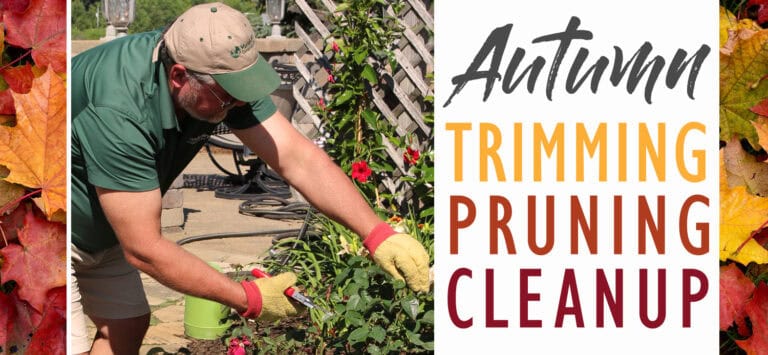
September 29, 2021
To cut down, or not to cut down? Now that fall has arrived, many gardeners find themselves wondering whether they should cut back their perennials and seasonal plantings now or wait until spring. For most perennials, the answer depends on what you want from your landscape during the winter months. If your concept of the…
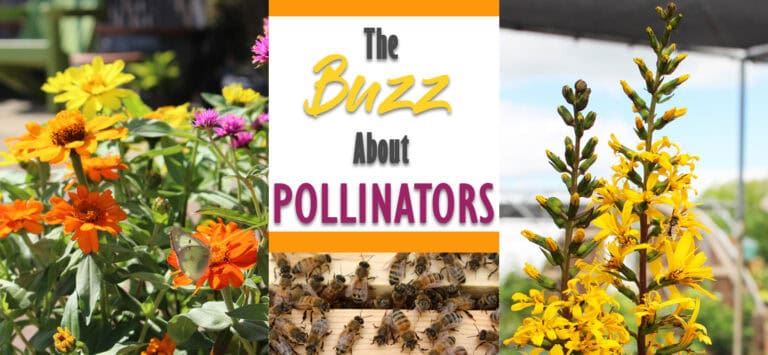
June 24, 2021
Summer is in full swing, the gardens are full of luscious plants and beautiful blooms, and you probably have seen a wealth of insects, birds, and butterflies buzzing around your yard and beds. These small creatures, also known as pollinators, play a crucial role in plant reproduction and sustaining our ecosystems. In fact, 75% –…
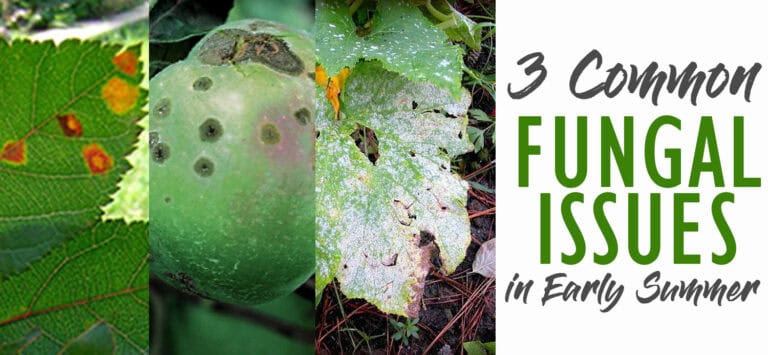
June 2, 2021
Early summer brings with it the excitement of watching your beds bloom, your vegetables sprout up, and your trees blossom. But the unwelcomed presence of fungus can put a damper on your yard, affecting your garden’s yield, damaging foliage, and inhibiting growth. The good news is that most fungal problems can be solved and prevented…
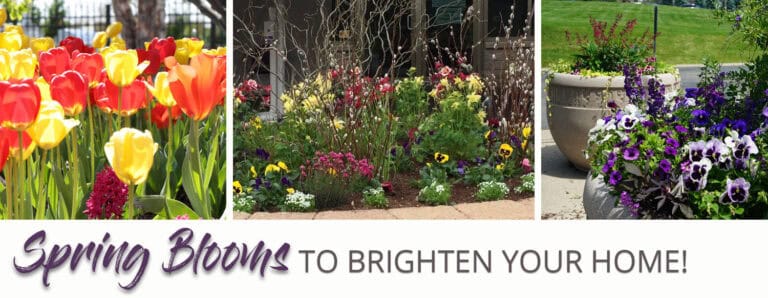
March 31, 2021
We’ve reached that unique time of year when the sun begins to warm our daytime hours, but the ground is still cool and the nights downright frosty (literally). And chances are, your beautiful winter container arrangements are beginning to look…. well… a little crispy. Its the time of year that makes us all eager for…

March 8, 2021
Spring is nearly here and we can’t wait to get back outdoors! 2020 brought with it a huge surge of interest in gardening, outdoor living, and other home-related activities. In 2021, we’ll see the influence of this evolving appreciation as we dig back in to the spring season! Sustainable gardening is the idea of using…
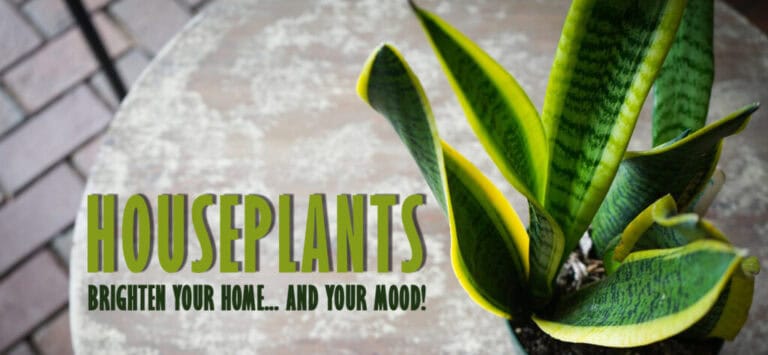
October 21, 2020
The weather is cooling and, for many of us, we find ourselves moving increasingly toward indoor hobbies and activities. If you’re an avid gardener, though, this can be a tough transition that leaves you itching to dig in the soil, quietly nurture your garden, and watch your plants grow and thrive. A growing trend in…

September 9, 2020
Dreaming about fall colors, cool autumn temperatures, and pumpkin-flavored everything? As we near our colorful fall season and the temperature begins to drop at night, now is the time to start thinking about your fall containers! Keep an eye out for plants with a disposition toward fall blooming and a tolerance for cooler temperatures so…

June 30, 2020
On a hot and sunny holiday like the Fourth of July there are few things more satisfying than a light and fresh cocktail. We love to mix our cocktails with fresh garden herbs and fruits to make the perfect red white and boozy cocktail. Here are two of our favorites with a special holiday twist!
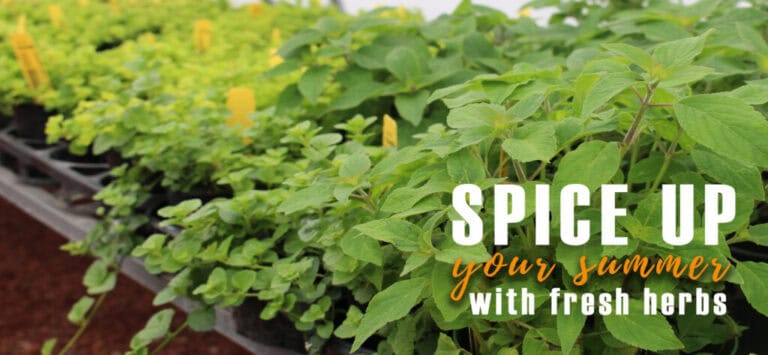
June 3, 2020
Nothing says “Summer” like the taste of a cool, freshly-muddled drink or the savory aroma of a crisp, garden dish on a hot night. The use of herbs can enhance just about any meal or drink and growing your own will supply you with a bounty of flavorful ingredients, attractive plantings, and gorgeous patio aromas…
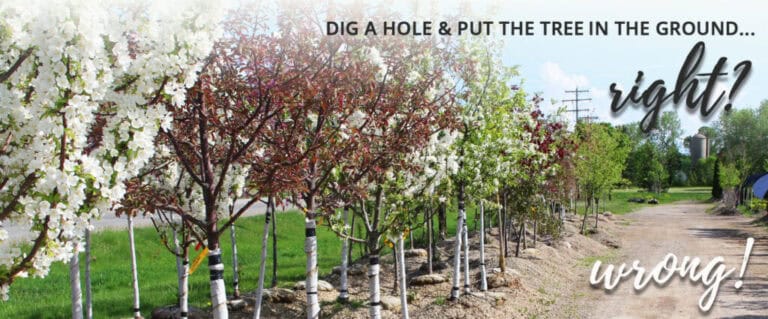
May 28, 2020
Planting a tree involves more than just digging a hole and putting the tree in the ground. If you want a beautiful, healthy tree, there are a few guidelines you should follow when planting to ensure long-term success. Check out these helpful tips and tricks! Here at Vande Hey Company, we do not want to…
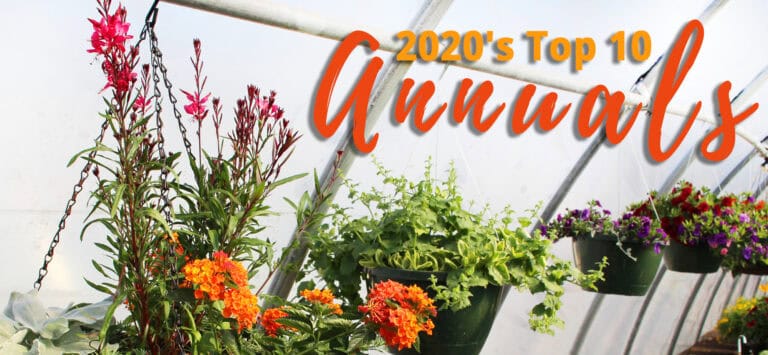
May 20, 2020
Every year we grow beautiful annuals perfect for containers or for annual beds. They provide extra color, texture, and also a variety of different heights. Check out our 2020 Top 10 Annuals to learn a little bit more about some of our favorites! 1) Profusion Zinnia- Providing bright colorful flowers spring through fall, this sun-loving…

May 14, 2020
Looking for fun and unique ways to inspire outdoor living? Tired of looking at Pinterest ideas that seem unrealistic? Want to create your own backyard paradise, but not sure where to start? These ideas are for you! With ideas like these, little things go a long way! Try a few things this year, add a…
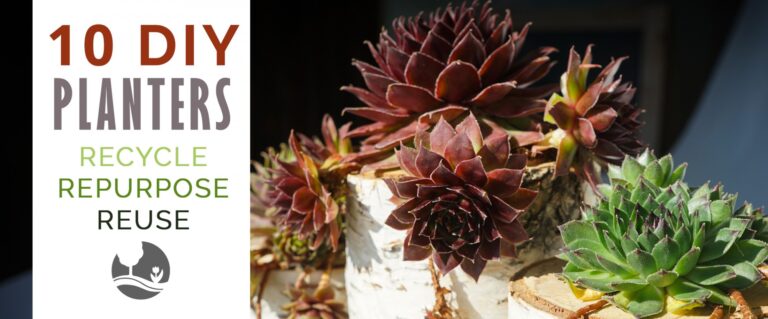
April 29, 2020
Are you looking for creative ways to bring new life to your yard? Are you looking for a fun DIY project that saves you money? Look no further! Recycling is not just separating some plastic bottles from the rest of your garbage; it’s also about reusing and re-purposing old items! Check out these unique planter…
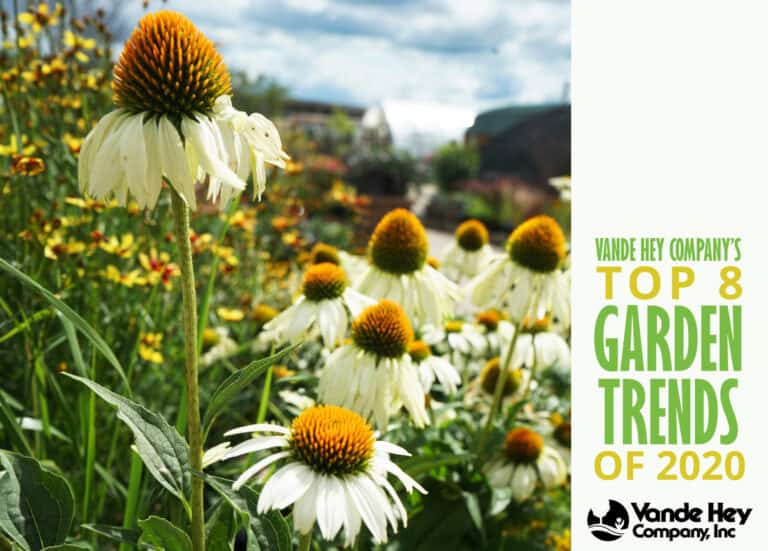
March 12, 2020
Trendy. Hip. Modern. Everyone has that one friend who always seems to be one step ahead of the game. It’s like they are using iPhones and we are still waiting for our messenger pigeon to return from the ice age. Instead of letting that inward jealousy continue to fester, let’s take a step ahead this…
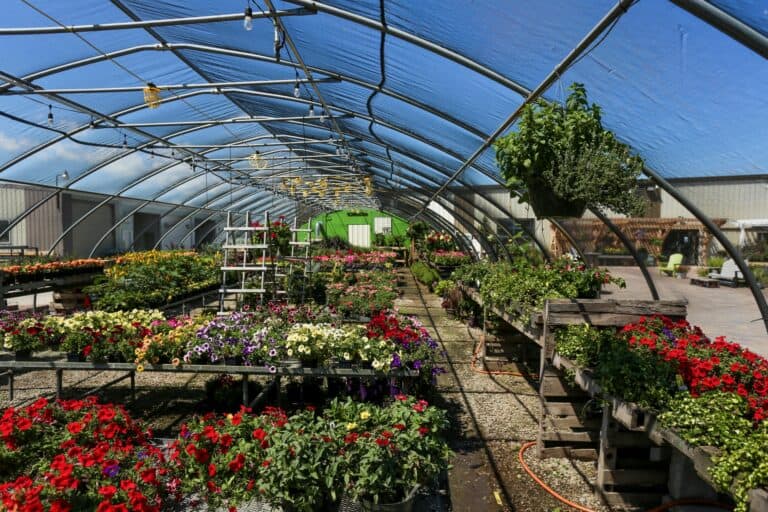
August 9, 2018
Meet Tom, the lead Horticulturist at Vande Heys and a member of our ‘Green Team’. Tom has spent 35 years planting, growing, and finding ways to use all of our beautiful plants and landscapes. Tom finds joy in the usability aspect by taking the plants and helping people create ideas on how to use them….


















